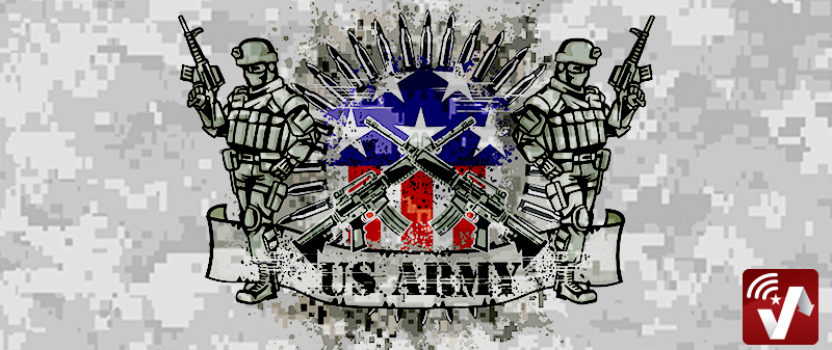Army Combat Engineer, Better Known as 12B
The combat engineer has always played a very vital and important role in the Army. They are known as one of the elite fighting forces in the Army. The duties they perform make this MOS one of the most dangerous occupations in the military. They provide a broad variety of expertise in any battle or war. There is no way any battle or war could be won without the dedication and commitment of the combat engineer.
Duties of the Combat Engineer
The combat engineer’s job includes constructing fighting positions and defensive positions. They will also place and detonate explosives and conduct operations that will include route clearance by detecting explosives with special equipment and mine detectors.
The Army Combat Engineer Training
Their training includes approximately 14 weeks of basic combat training as well as hours of classroom education and training. The combat engineer learns basic demolitions, explosives hazards handling, constructing wire obstacles, operation of heavy equipment, and basic urban operations.
Their Most Dangerous job in OEF/OIF
Their most dangerous job during OEF/OIF has always been route clearance. This is a mission that includes the use of heavy equipment and mine detectors to locate, detonate, and/or remove IEDs and explosives from specified areas. The job they performed on routes in Iraq, such as route Tampa or Irish, were constant threats. Each route constantly had IEDs placed throughout. These routes were two of the most dangerous in Iraq and were vitally important to keep clear for convoys and troop movement throughout Iraq.
Then in Afghanistan, the combat engineers were not only out there on routes for hours each day clearing them of IEDs. Their most dangerous job there was done on foot clearing culverts that were constantly used by enemy combatants to place IEDs to kill, disrupt, and prevent supplies and troop movement throughout Afghanistan. If not for combat engineers, many lives would have been lost because more soldiers have been killed or wounded by the IED than any other means in both Iraq and Afghanistan.
The Sapper
The Sapper is an infantry equivalent of Ranger. They go through a training school that is not for just any 12B. You must be elite—the best of the best—and a subject matter expert in combat engineering. You must be mentally and physically tough to be selected for the school and to graduate successfully. The Sapper has lead combat engineers in every war in American history. They go to a 28-day school that teaches advanced demolitions and explosives, small unit tactics, and most importantly, leadership. The Army Sapper motto is “always first,” and they stand for it with their constant dedication and commitment while performing such a dangerous job. They will enter an area and clear it of danger before initial troops move in to eliminate any enemy threats.
The combat engineers and Sapper leaders will always play a vital role in any battle. They keep soldiers safe each day that they are in a war zone. I will always be grateful for the 12B I served with and have had the opportunity to watch first-hand complete such a dangerous job. You are all true professionals and highly dedicated to the job you must do. Thank you for all the lives you have saved and for helping win the battles and wars throughout American history. Thank you again for a job more than well done! If the artillery is the king of battle and the infantry is queen, then you are all the knights that watch over us!
- What’s Missing in Today’s Military: Integrity - March 20, 2018
- What’s Missing in Today’s Military: Honor - March 19, 2018
- Veterans without Care: What’s Wrong with the VA? - December 18, 2017


